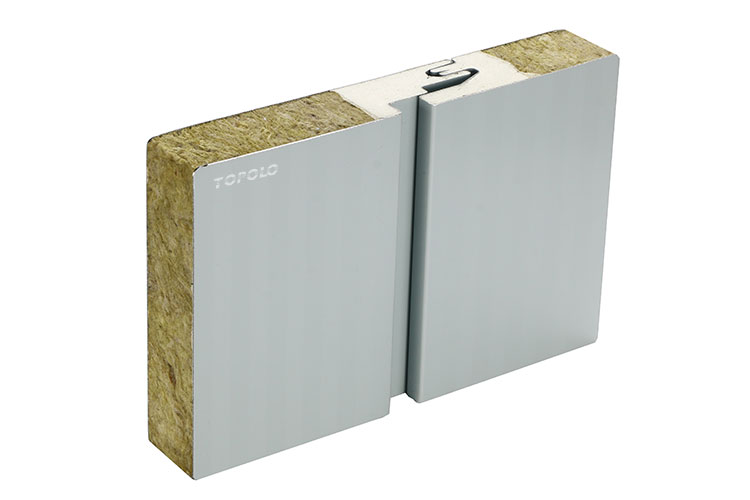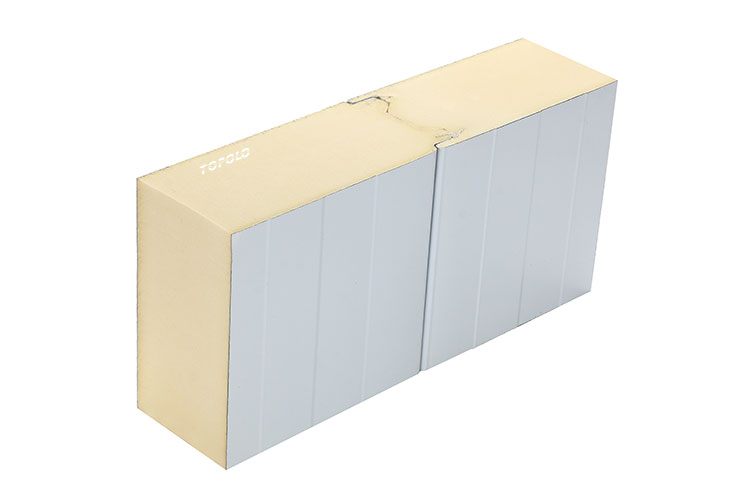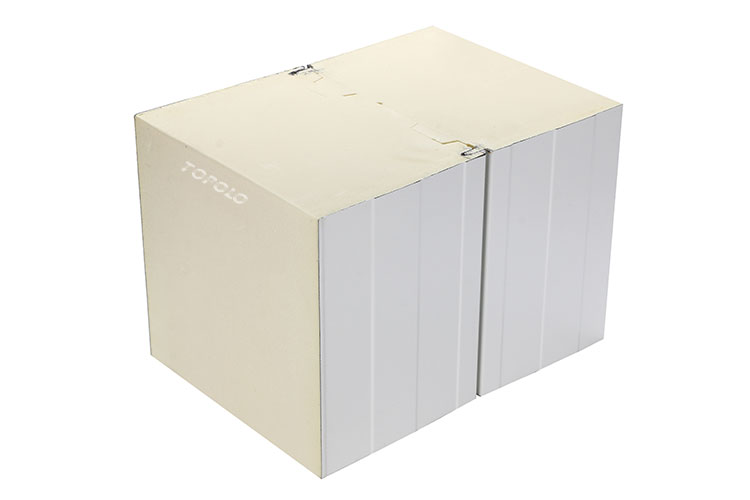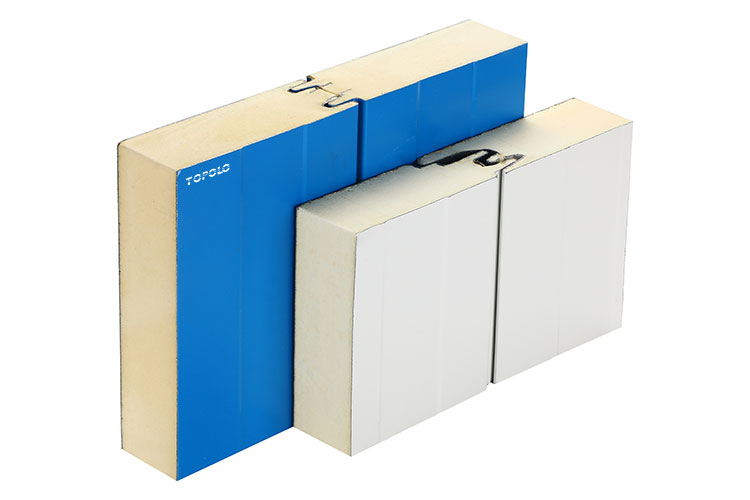Home » Materials » Insulated Metal Panels

PIR sandwich panels are double-sided metal composite panels with polyurethane rigid foam as the insulation layer. It is a technological and environmentally friendly building material that architects dream of today. PIR sandwich panels are widely used in thermal insulation in refineries, chemical plants, pharmaceutical plants, workshops and production lines, food factories, modular buildings, cold storage and other construction industries.


PIR foam has more advantages than PUR foam
PIR is a foaming material with a cross-linked structure formed by using different ratios of isocyanate and polyol and adding different catalysts and additives on the basis of polyurethane foam. It contains more isocyanate groups in its chemical structure. PIR foam is flame retardant, has low thermal conductivity, is lightweight, has high bending strength, does not absorb water, and does not rot. The production index of PIR is much higher than that of PUR. The polycyanate index of PUR is generally 110-120, while the polycyanate index of PIR is generally 250 or above. Therefore, its physical and fire retardant properties are better than those of general polyurethane, and it is an ideal thermal insulation material.
Structural Diagram

Manufacturing Process of PIR Sandwich Panels
Using the drum principle, the metal plate is placed on a specially designed conveyor plate, and the spraying device sprays the PIR foaming agent on the metal sheet. After high-temperature treatment, the foaming agent is formed between the metal sheets. We can produce different types and grades of PIR panels according to customer needs. The sandwich panel production line adopts a continuous foaming process, which can complete the batching at one time, and can adjust the proportion online at will according to the temperature, so as to produce high-standard building panels.

Specification
| Core Material | PIR Foam. ( Density:38-45kg/m³) |
| Core Thickness | 30mm, 50mm, 75mm, 100mm, 120mm, 150mm, 180mm, 200mm, 250mm. |
| Metal Thickness | 0.4-0.8mm |
| Metal Sheet Material | PPGI (Pre-Painted Galvanized Steel). PPGL (Pre-Painted Galvalume Steel). Stainless Steel. Aluminum. |
| Surface Color | White, silver, black, blue, red and other RAL series. |
| Surface Texture | Flat, ripple, corrugated. |
| Panel Width | 930mm, 950mm, 1000mm, 1130mm, 1150mm. |
| Panel Length | Max 12m. |
Vertical Load and Thermal Performance
(0.5mm Steel Sheet Skin; Allowable deformation f≤L/240.)
| Thickness(mm) | W/m2k | G(kg) | P=KN/m2 | 0.60 | 0.80 | 1.00 | 1.20 | 1.50 |
| 30 | 0.32 | 9.32 | L(m) | 2.60 | 2.30 | 2.08 | 1.91 | 1.72 |
| 50 | 0.31 | 10.06 | L(m) | 3.52 | 3.04 | 2.69 | 2.42 | 2.11 |
| 75 | 0.21 | 11.06 | L(m) | 4.71 | 4.09 | 3.64 | 3.29 | 2.89 |
| 100 | 0.19 | 12.05 | L(m) | 5.76 | 5.02 | 4.47 | 4.05 | 3.56 |
| 120 | 0.16 | 12.84 | L(m) | 6.53 | 5.68 | 5.07 | 4.60 | 4.04 |
| 150 | 0.11 | 14.04 | L(m) | 7.56 | 6.58 | 5.87 | 5.32 | 4.68 |









